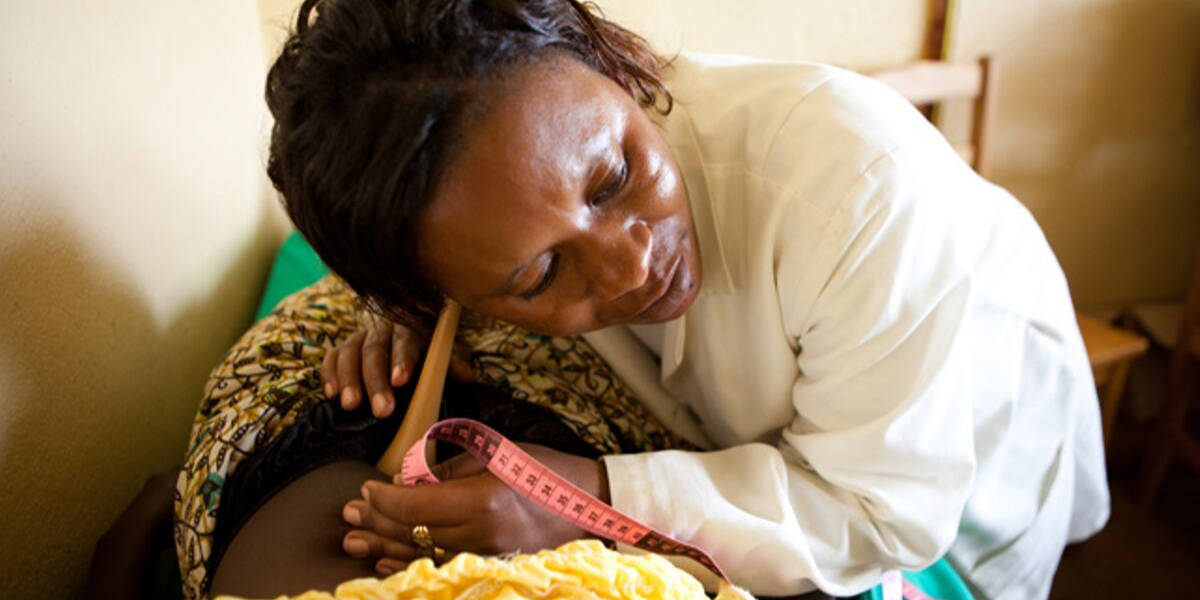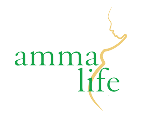
This research project, co-funded by Ammalife, investigated whether training and supporting traditional birth attendants could improve maternal and newborn mortality rates. The research was led by Ammalife Change Maker, Amie Wilson, and suggests that training traditional birth attendants could be a worthwhile alternative for when skilled birth attendants are unavailable.
Introduction
In developing countries both perinatal and maternal mortality rates are high with over 358,000 mothers and six million newborns dying each year. It is estimated that 52 million births take place without the help of a Skilled Birth Attendant (SBA). Women often choose to give birth with a Traditional Birth Attendant (TBA) instead. There are several reasons for this which include cultural barriers to healthcare access, as well as geographical and financial reasons. It is estimated that more than half of births in developing countries occur with a TBA. Training programs for TBAs started over six decades ago in areas of high maternal mortality. Such training has been described as ‘promising’ yet not much research has been conducted on the subject. Since the training began it is unclear how effective it has been and so this meta-analysis aims to assess the outcomes.
Method
A literature search was carried out using several databases to select both randomised and non-randomised controlled trials providing data on perinatal, neonatal and maternal mortality. Six cluster randomised controlled trials and seven non-randomised controlled trials were selected for review with a total of 210,774 participants. There was a wide variety in the level of training and roles of TBAs with no trials comparing the effect of having a birth attendant present. The trials compared initiatives that included training and support for the TBAs with those that had little or no training.
Discussion
Both perinatal and neonatal mortality rates were significantly decreased by interventions incorporating the training, linkage, and support of TBAs. However, there was no similar reduction in maternal deaths. In addition, based on meta-analysis it cannot be concluded that more support for TBAs leads to better perinatal outcomes, as other factors may have influenced the results.
Conclusion
The study concluded that TBAs who haven’t been properly trained or supported, are unlikely to improve healthcare outcomes for mothers and babies. Those without strong links with healthcare institutions and resource supplies are also unlikely to be effective. The authors concluded that the most effective intervention to improve perinatal and maternal outcomes is the use of SBAs. Nevertheless, TBAs continue to represent a more feasible, culturally accessible option for many women in economically underdeveloped countries. The authors suggest that if SBAs are unavailable, training TBAs to fill their roles could reduce perinatal death by approximately 24%.

In the absence of skilled birth attendants, training and supporting traditional birth attendants has been found to improve perinatal health outcomes.
Full research paper title:
‘Effectiveness of strategies incorporating training and support of traditional birth attendants on perinatal and maternal mortality: meta-analysis’
Read the full research paper in the BMJ here.
With thanks to Content Volunteer Rachel Howard for summarising this article.
